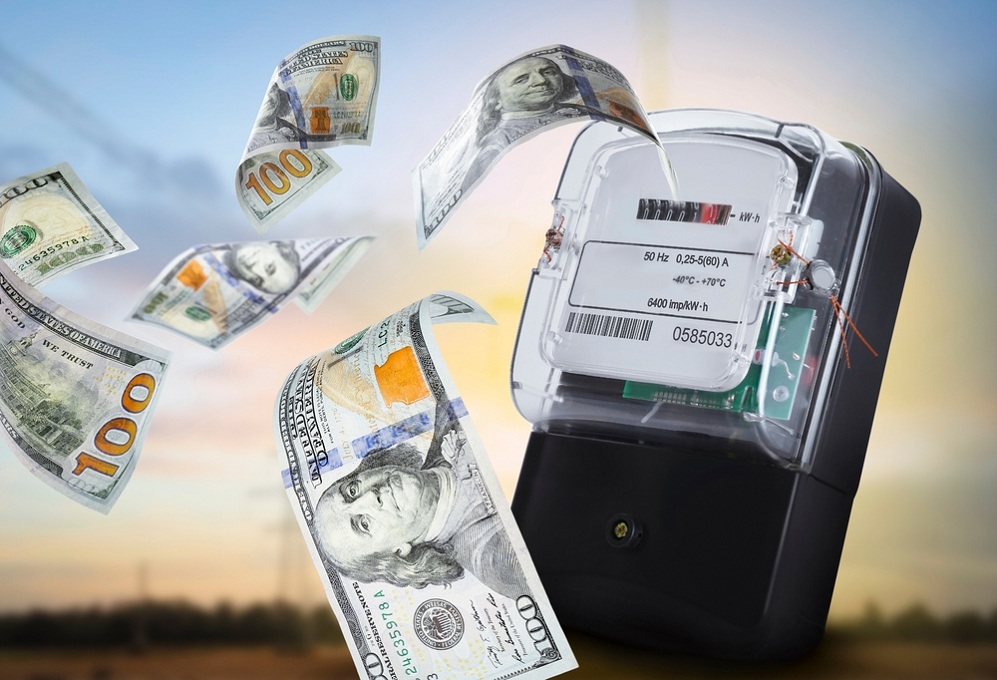Time-of-use (TOU) pricing is a type of energy tariff where the rate for electricity varies by the time of usage. They're sometimes referred to as "TOU" or "Time Of Use" charges.
They increase electricity prices during peak usage (when there is high demand) and decrease them at off-peak times (when there is lower demand).
Time-of-use (TOU) rates encourage consumers to shift their energy usage from peak to off-peak hours. People who install rooftop photovoltaic systems in California must now agree to receive time-of-use (TOU) pricing for electricity from their utility company. The rest of the country's residents will eventually shift to time-of-use pricing sometime in the future.
Time-of-use prices can be pretty complex and may seem counter intuitive to what you want your utility bill to look like. However, there may be some benefits to choosing a time-of-use (TOU) rate over a fixed rate.
If you have the option between a flat or time-of-use (TOU) rate, this article will help you decide whether a flat or TOU rate is best for you, and how to adjust your usage habits to save on your monthly electric bill.
Why Do Utilities Encourage a Time of Use (TOU) Rates?
Put simply; utilities like to use time of use (TOU) pricing because it helps reduce peak power usage by encouraging consumers to shift their energy usage during off-peak hours.
By cutting down that “peak’ electricity consumption, you save the energy company a significant amount of cash because each kilowatt hour (kWh) of electricity costs significantly more during peak hours than at off-peak times.
It's because...
Utility companies know exactly how much electricity they must provide to meet the needs of their customers at any given time. This is called "base load," electricity is inexpensive because the plants that produce it operate continuously and keep their output at maximum capacity.
However, electricity usage varies depending on the weather, temperature, and other factors. Utility companies "book" this fluctuating load on a weekly and daily bases, and they pay a little bit more for it than they would for baseload energy because starting up additional generating stations costs more money.
During peak times, utilities must buy additional power on shorter time frames: one minute ahead, fifteen-minutes ahead, and even five-minutes before peak demand. This is the most costly type of power.
When there’s a fixed price for electricity, utilities make less of a profit when many people use electricity at peak times because their average costs go up, but their revenues stay flat.
That’s why electric companies devised time-of-use (TOU) tariffs.
What is the Difference B/w Standard Regular Rates and Time of Use rates
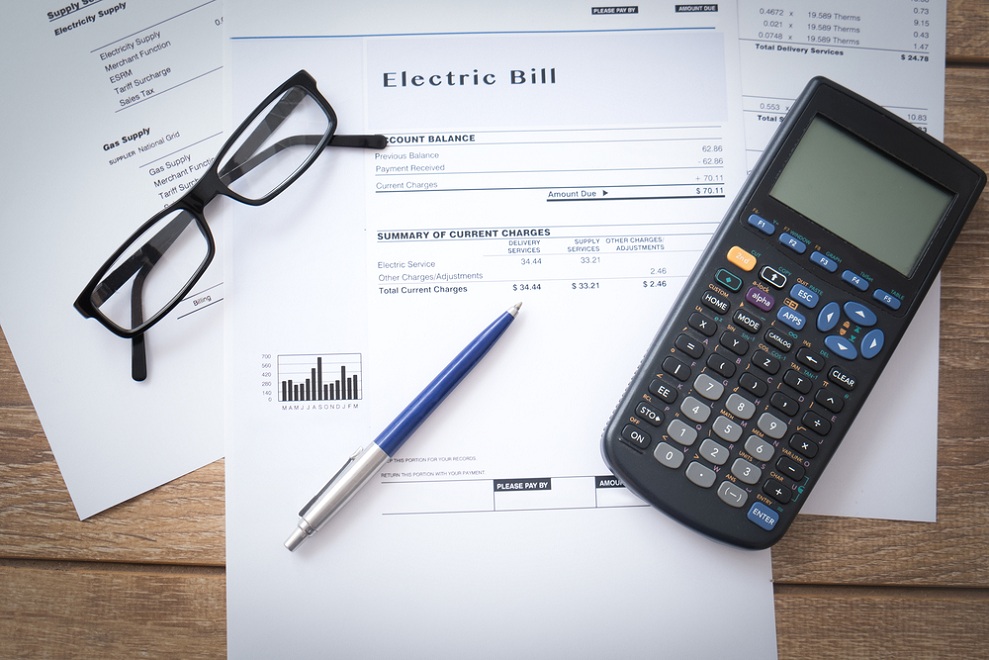
Most people have a fairly straightforward electricity bill. Every day for an entire month, they use appliances like dishwashers, clothes dryers, televisions, computers, lights, fans, refrigerators, washers/dryers, hot tubs, pool pumps, heating systems, etc., adding up to total kWh of energy consumption.
At the end of each monthly billing period, the electric company sends a bill with an easy calculation: Power consumption multiplied by the electricity rate.
For instance, If you consume 1,500 kilowatt hours (kWh) of energy each month at an average electricity rate of $0.14 per kWh, then your total monthly electric bill would be $210 + any fixed rates ( usually $5 or $10 for connection to the grid) charged by your local power company.
With Time-of-use rates, you're charged different prices depending on when you use the service during the day.
What is the Most Reasonable Time of the Day for Using Electricity?
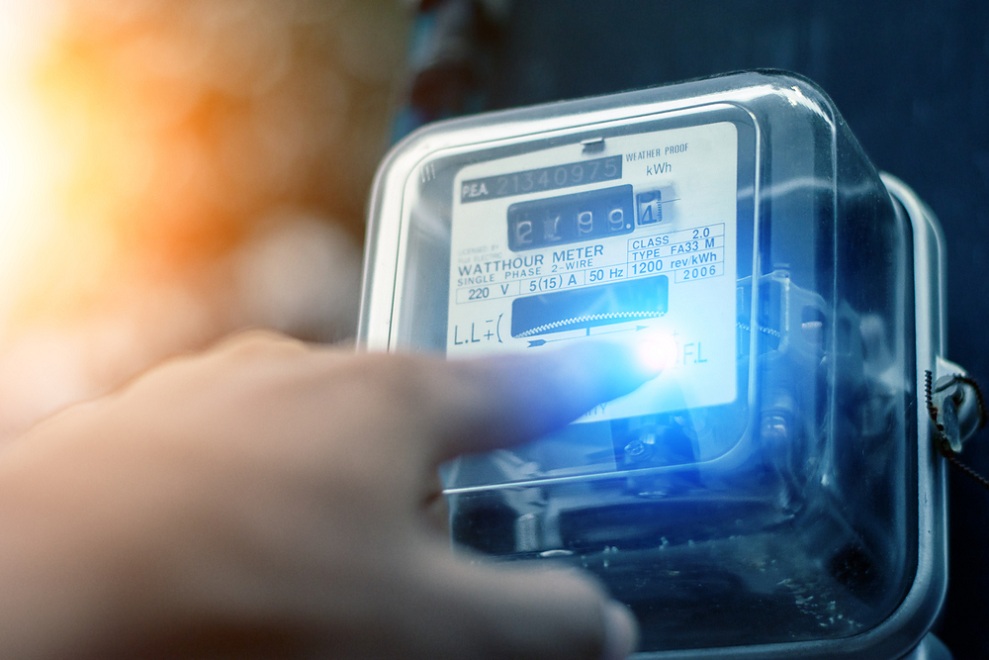
Peak or On-Peak Times: When many people use electricity at one time, these are peak or on-peak times.
Off-Peak Times: These are the remaining times when fewer people use electricity.
Utility providers sometimes offer an additional "super off-peak" category when there is the lowest demand.
There are so many numbers – but it was used only for illustrative purposes (e.g., to show/explain something). SDGE's actual electric prices differ greatly from the example above. They're usually more expensive.
Suppose you use less than 130% of your monthly allotment of energy during off-peak hours. In that case, you'll be charged $0.25/kW for "super off-peak" power between 12:00 A.M. and 6:00 A.M., $0.26/kW from 6:00 A. M. to 4:00 P.M. except in March and April when there is an additional super off-peak period from 10:00 A.M to 2:00 P.M., and $0.27/kW from 4:00 P. M. to 9:00 P.M from Monday to Friday. If you're above the baseline, increase each price by 7 cents. It’s a real mess.
The main point of that picture is that it's cheaper to use electricity in the middle of the night, from midnight to six o'clock, when most people sleep. You could save electricity costs by shifting your cloth's washers and EV chargers to the nighttime.
How Seasons Affect the Time of Use rates
Electricity usage changes throughout the seasons (from summer to winter), which prompts some utilities to offer different pricing plans.
For instance, Southern California Edison offers its residential customers the same rates from 9 to 4 pm the following day during the warm months. Still, they increase the rates for nighttime electricity during the winter. Below are two screenshots of the SCE website showing the differences between summer and winter rates.
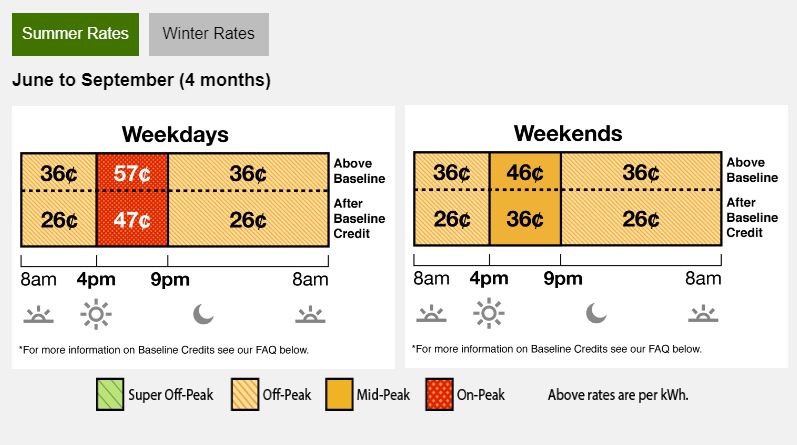
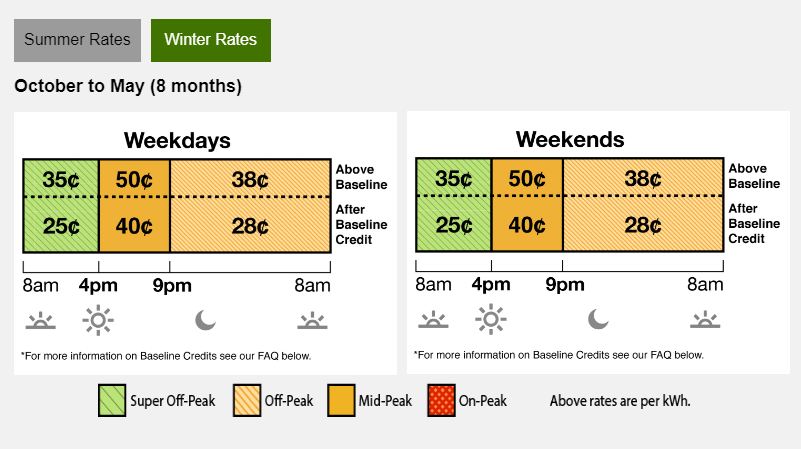
During the winter, power rates are usually higher between 9 pm and 8 am than during the rest of the day. This is because most homeowners use heating systems more frequently in colder weather than in warmer weather. It's best to shift most of your energy from 8 am to 4 pm in the winter.
There are also some time-of-use rate adjustments for holidays. Most companies don't operate during holidays, and there are no peak demand periods for business during holidays like Memorial Day, Labour Day, Thanksgiving Day, Christmas Day, and New Year's day.
What Makes the Time of Use (TOU) Billing a Good Idea?
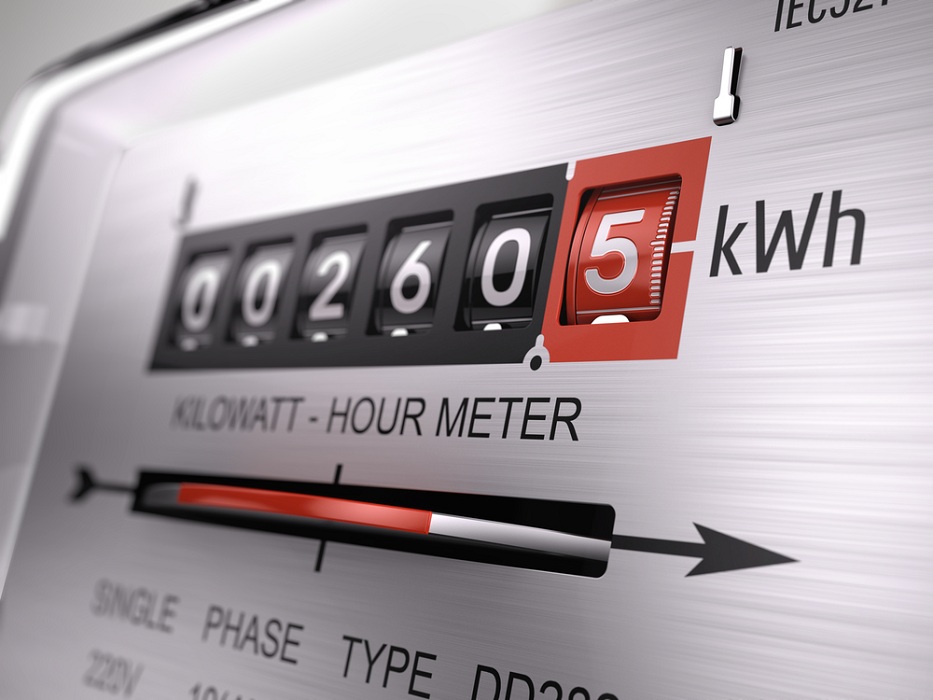
It depends on whether you, as a consumer, can switch enough power usage from peak time to off-peak time.
For Instance, When we wrote this article, the actual prices per kilowatt hour (kW·h) for SDG&Es Super Off-peak, Off-peak, and On-peak hours were approximately $0.25, $0.30, and $0.35 per Kilowatt-hours (kWh) respectively.
They had a flat rate of $0.28 per kilowatt hour for their residential customers.
If households use 1,000-kilowatt hours (kWh) each month, they would be charged $280 for their electricity bill on the flat rate plan. If, instead, they chose to use Time of Use (TOU) pricing and used one-third of their electricity evenly across three periods, they would pay $300 for the month.
If they want to save a few bucks, they could shift their electricity use so that 50 percent would occur during the Super Off-peak billing period.
It seems kind of complicated. It becomes even more complex when you consider the change in electricity prices when you exceed your baselines. Those changes can increase the attractiveness of the TOU because the TOU increases by 7.5 cents per kWh after you exceed your baselines, whereas the flat fee increases by 8.5 cents per kWh.
If you use more energy than most people nearby, buying a Time Of Use (TOU) tariff could be cheaper. You should then look into your local utility rates and calculate how much electricity you consume during each period.
Something that can be helpful for the above step is the Sense Energy™ Monitoring System, which helps track your daily electricity use and can tell you if there are ways to save money by shifting your usage patterns.
Energy monitors like Sense will soon be linked to smart thermostats to help save energy by working together to turn down your heating or cooling system when not needed.
Does a Solar Panel System Make the Time of Use Cheaper?
Residential solar panels have become quite common over the past few years. Clean, renewable energies are not just beneficial for the surrounding community and the planet; they're also good for their owners' pocketbooks.
Solar panel systems don't necessarily lower TOU prices. Because they produce the most energy during off-hours, solar panels tend to be most efficient when the sun is high overhead and people are out working rather than using all the lights or electronics in their homes.
That said, adding a solar panel system to a west-facing roof can help you save money on time-of-use electricity bills because these solar installations generate more electricity during the late afternoon and early evenings when there is less sunlight, provided they're not shaded by trees or other obstructing objects.
Home Battery System and Time of Use Rates
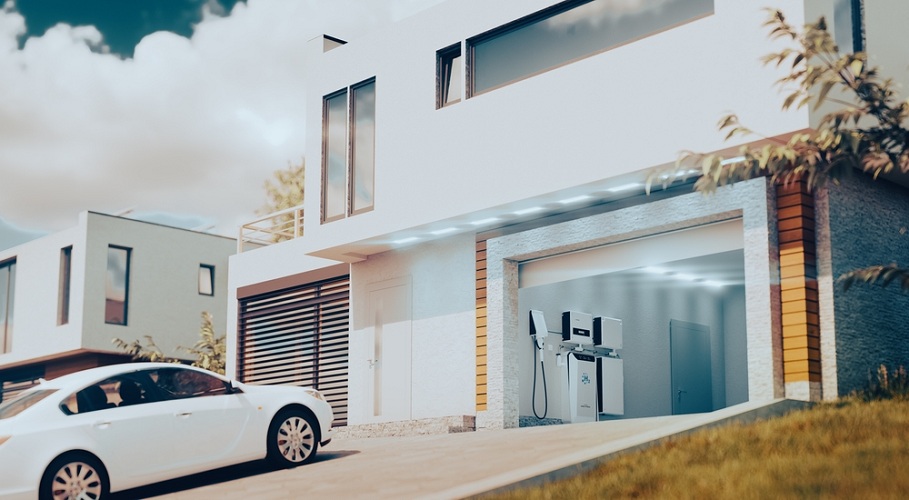
Adding a backup power system (battery) is one smart way to save energy costs with time-of-use rates.
You can charge your battery using electricity overnight during off-times, then use the energy stored in your battery to run your home at high rates, completely avoiding your consumption of the most costly electricity available.
Some utility companies offer a special time-of-use rate schedule for people who own batteries. For example, Southern California Edison offers a TOU prime plan at $0.15 per kWh during off-peak hours (5¢/kWh cheaper than its regular off-peak prices).
For example, suppose a homeowner uses 1000 kWh per month. In that case, they could lower their electric bill by up to $50 per month by installing a battery system, whether or not they install solar panels.
Combining solar panels with battery storage means you get the benefit of both technologies. You get better value for your money by using solar power instead of buying it from a utility company, and the battery system store the power for later usage.
It could help you save a lot of money if you choose this option.

